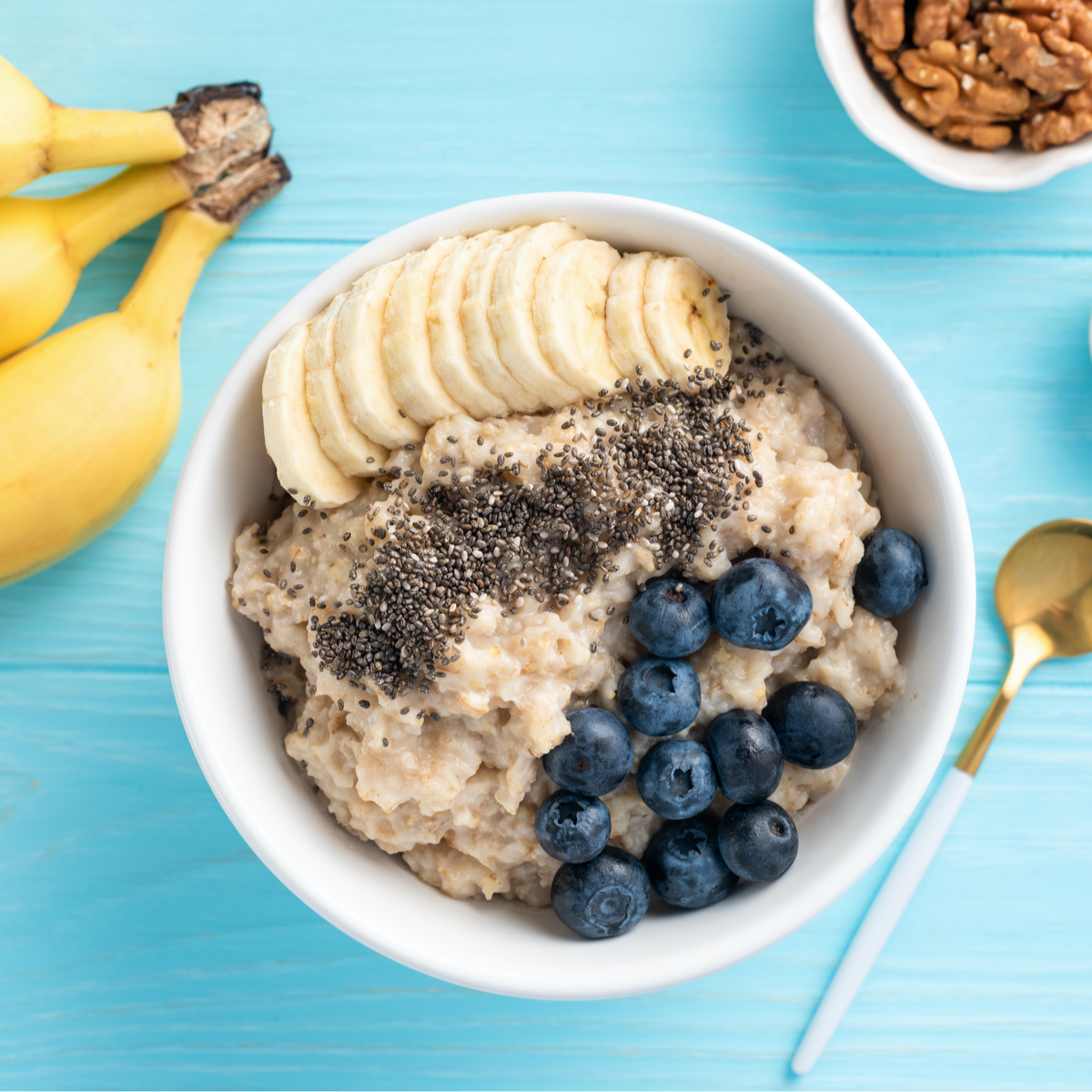
Like it or not, your body is not truly your own. The trillions of microscopic tenants in your gut, known as your gut microbiota, easily outnumber your total human cells. The same can be said at the DNA level – your body contains roughly 200x more genes of bacterial origin than human origin. The DNA of your bacteria, fungi, and archea are collectively known as your microbiome. By far the greatest number of microbial inhabitants inhabit your large intestines, but you also house important microbial communities on your skin, in your mouth and on other exposed body parts.
The more we study these critters, the more links we find to human health… and we are just getting started! It really pays to know how to cultivate your best microbial garden. While we don’t know enough yet to offer perfectly tailored dietary prescriptions, certain tips are virtually foolproof.
Ask any gut microbiome expert their top dietary advice, and it will likely be some version of this golden nugget: “eat more fiber.”
What is Dietary Fiber?
From a thriving gut microbiome, pay special attention to fermentable fibers. Known as “prebiotics”, this is type of fiber that your “good” gut bacteria love. Priobiotics, by contrast, are whole microbes, which may or may not get a permanent seat at the table in your gut.Learn more about prebiotics and probiotics (Mayo Clinic)
What happens when I eat fiber?
Your human cells don’t have the enzymes needed to digest plant fibers. Thus, they enter your colon intact. Here, scores of “good” bugs sit salivating. They have the necessary enzymes and love feasting on this stuff. Your trash becomes their treasure.
When your “good” gut bugs feast on undigestable carbohydrates through a process called fermentation, they produce a “waste product” called short chain fatty acids (SCFAs). These include acetate, propionate, and butyrate. Now, their trash is your treasure! SCFAs provide both local benefits (e.g. supporting gut membrane integrity) and systemic benefits (such as blood pressure regulation and much more). The more fiber you eat, the more these good bugs proliferate, creating a virtuous cycle.
In other words, fiber fuels your “good bacteria”, who transform the fiber into beneficial substances, and are able to thrive and multiply. It’s not unusual to see dramatic changes to your gut microbiota within days of a major dietary shift.
Other benefits of dietary fiber
In addition to fueling your gut microbiota, a high-fiber diet offers other noteworthy benefits. To get all of these benefits, you need to consume a variety of types of dietary fiber.
1) It keeps you regular. Let’s talk more about this taboo topic!
2) It mitigates blood sugar and insulin spikes you otherwise get from free sugars.
3) It is extremely satiating so can help with weight management.
How Much Fiber Should I Aim For?
The official guideline in North America is to aim for 14 grams of fiber per 1,000 calories. This holds true for men, women, adults and children alike.
For adults, this works out to ~25 grams of fiber per day for an average women and 35 grams for men – at least! More is better. If this seems out of reach, consider that our ancestral diet contained up to 100 grams of fiber per day (learn more)!
Unfortunately, most North Americans are falling woefully short, with adults averaging 17 grams per day – barely half of the recommended minimum (NHANES, 2015-16). This shortfall reflects our low intake of fruits, veggies, legumes, and whole grains.
Best Bets to Boost Fiber
* Legumes: 10-15 g per cup of cooked beans or lentils
* Veggies: 4-8 g per cup
* Whole grains: 2-6 g per cup cooked (e.g. oats, quinoa) or per slice of 100% whole grain bread
* Fruits: 4-6 g per whole fruit (e.g. one apple)
New to fiber? Pace yourself!
The only downside to a fiber-rich diet is bloating and gas. Be patient. Take baby steps as you ramp up your intake, and experiment with different sources of fiber. Consuming ample water with fiber rich foods is also important.
Closing Thoughts
As the ruler of your own kingdom of microbiota, I encourage you to trumpet this message across the land:
“Let them eat fiber!”
Better yet, treat your body to a diversity of fiber rich foods, so that you can reap the full suite of benefits. Your bugs, your gut cells, and your whole body, will thank you… IF you take it slowly.
Learn More
- Everything you want to know about fiber and more (Fiberfacts.org)
- Overview of dietary fiber and health (Precision Nutrition)
- Microbiome Fun Facts (University of Washington, a research leader)
- Human Microbiome Project
- Let Them Eat Dirt (Book by Dr. Brett Finlay & Dr. Marie Claire Arrieta)
- The Whole Body Microbiome (Book by Dr. Brett Finlay & Dr. Jessica Finlay)





